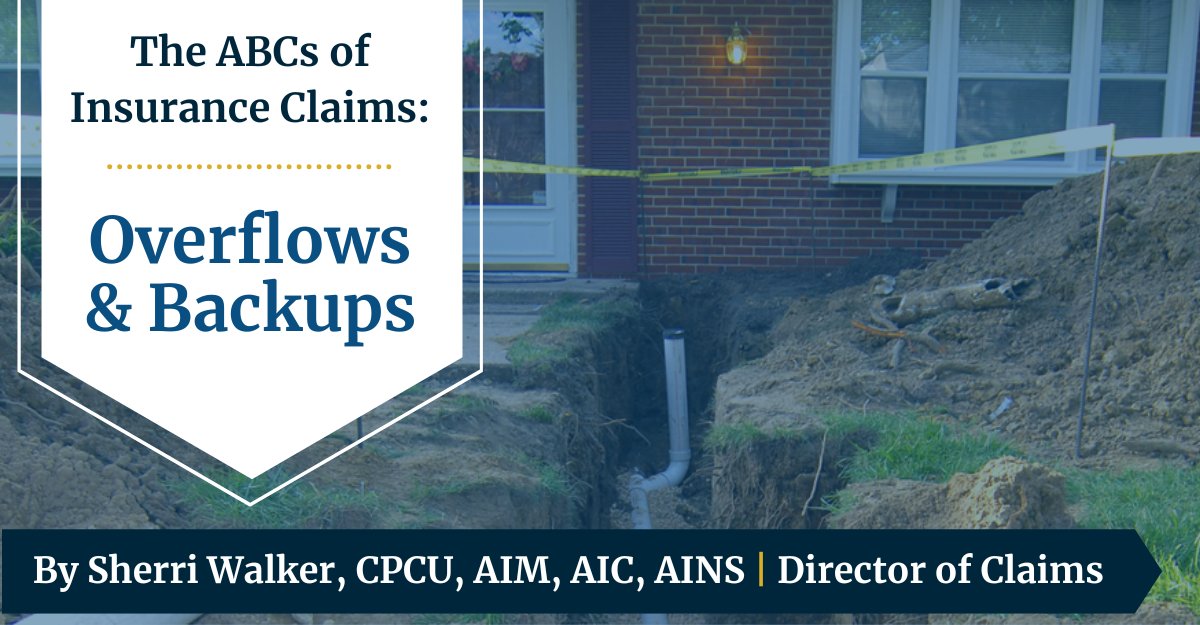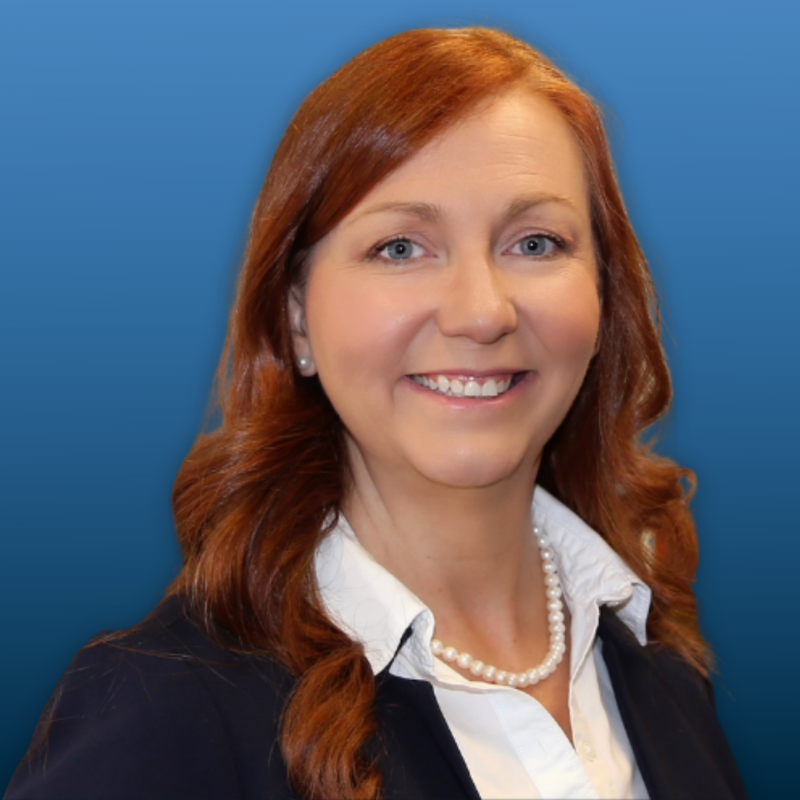Welcome to the ABCs of Insurance Claims. Over the next few months, Sherri Walker, Sentinel’s Director of Claims will address an aspect of claims handling for every letter of the alphabet to help provide a better understanding of the claims process.
O is for Overflows & Backups
We all know the feeling of fear in the pit of our stomach; you’re in a bathroom (especially if it’s not your own) and you flush the commode. Instead of the normal glugging sound of the water going down, it starts rising and continues at what feels like an increasing speed that no amount of panic will stop – and suddenly you’re standing in wet shoes, wondering what went wrong, and desperately trying to figure out if you secretly possess plumbing skills you’re not currently aware of, or whether you should just try to run away and pretend it never happened.
Welcome to the letter O, which will be our discussion on OH NO – Overflows & Backups. While Overflows and Backups may sound like the same thing, they absolutely differ, and depending on which one it is, there can be some major differences in how your insurance policy responds. So let’s examine how they differ in cause and coverage.
Overflows
Overflows occur when there is a clog or blockage within the immediate plumbing system, often caused by toilet tissue or large quantities of waste. If you have a toddler that has suddenly gotten quiet, an overflow may also be caused by foreign objects being placed in the potty and waving “bye bye” as their stuffed animal goes swirling down the drain. The water that comes flooding over is water that has never entered the sewer system and is from within your own home.
Additionally, an overflow can also occur from a sink or tub that has the drain plug engaged. Usually there are overflow valves, that little metal circle you see screwed into the tub or that slot you see cut in the sink basin, but occasionally the amount of water that is entering the tub or sink may be too much for the overflow valve to drain off. In that case, the sheer volume of liquid present will spill over the edge of the basin and quickly spread over the surrounding areas.
Backups
A Backup is comprised of water from outside your plumbing system that is forced backward in the lines, usually from the sewer, and can be caused by a breach in the line either on or off your premises. This can happen due to several causes including tree roots, old or broken lines, clogs in the water main, or an excessive amount of rainwater as culprits. Backups can come bubbling up from toilets and other drains in your home; I’ve often seen them come seeping through degraded wax seals around the bases of toilets as well as sink and tub drains, sump pumps, and floor drains.
Policy Exclusions
So why does it matter to distinguish an Overflow from a Backup? Because insurance policy will expressly exclude Backups. This doesn’t mean your claim will automatically be denied, as many policies offer a limited amount of coverage given back via endorsement, but often with some stipulations.
Many of these endorsements will require that the backup occur on your “premises,” which means that the portion of the sewer line which caused the backup must be inside your yard, and not out in the street, which would place responsibility on the city for the damaged line. It’s also worth noting that the portion of the loss to be covered would typically be the resulting damage and not the repairs to the line itself, or the installation of a backflow valve to prevent recurrences. These endorsements vary in the limits amount, but it’s common to see limits such as $10,000, $25,000 or $50,000.
Conversely, overflows that may result from an overflowing tub or even a malfunctioning dishwasher are “sudden and accidental” incidents where the resulting damage is not excluded in your policy. Coverage can even include pipes that leak behind walls, floors, or ceilings and the cost of tearing out a wall to get leaking pipes covered.
Health Concerns
An important thing to be aware of if you have an overflow or backup is that the water involved is usually classified as Cat 2 or Cat 3 water, also referred to as Gray or Black water. This means that the water contains toxins or biohazards. There are some health concerns that go along with exposure, including the potential for illness, sometimes severe, as well as rampant bacterial growth and mold propagation. Gray and Black water must be cleaned differently than Cat 1 or “Clean Water” losses, and often contents that have been in contact with this water must be discarded. It’s crucial that a mitigation company comes out quickly to extract Cat 2 or Cat 3 water and began the decontamination process.
Safeguarding Your Success
While water losses of any type are frustrating at best and catastrophic at worst, Overflows and Backups can be particularly overwhelming due to the coverage and clean up issues they can cause. When your lines are stopped up, our dedicated team dedicated team at Sentinel is unstoppable at guiding you through the process and keeping you flush with success!


